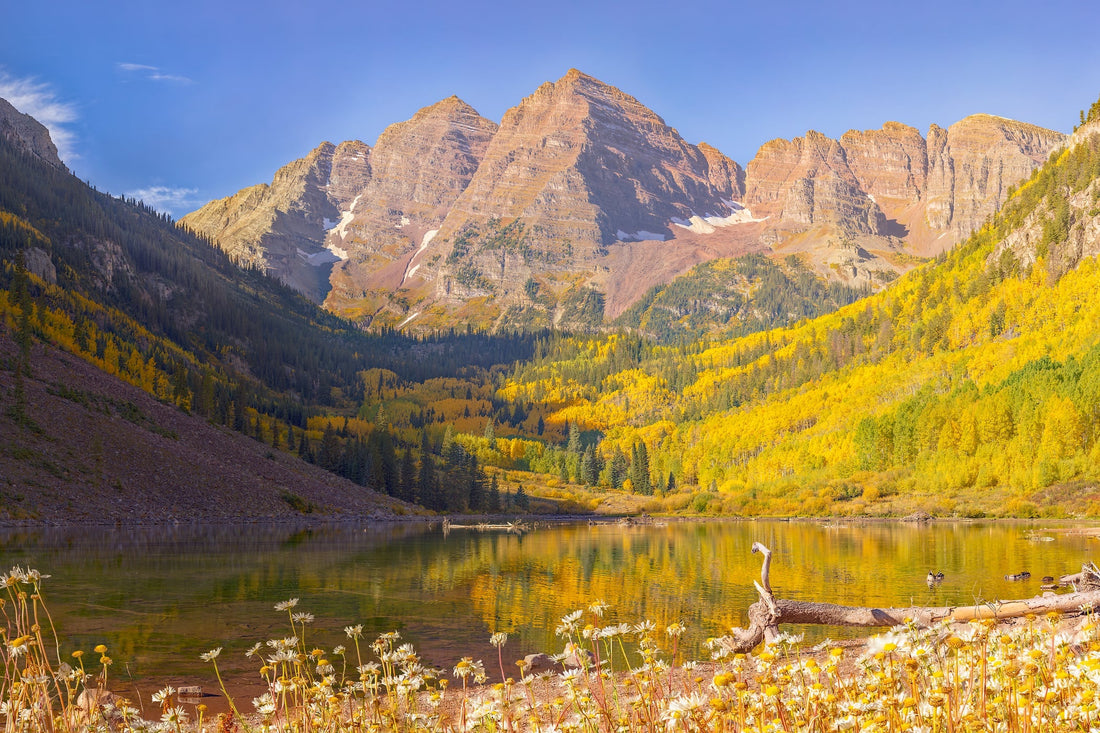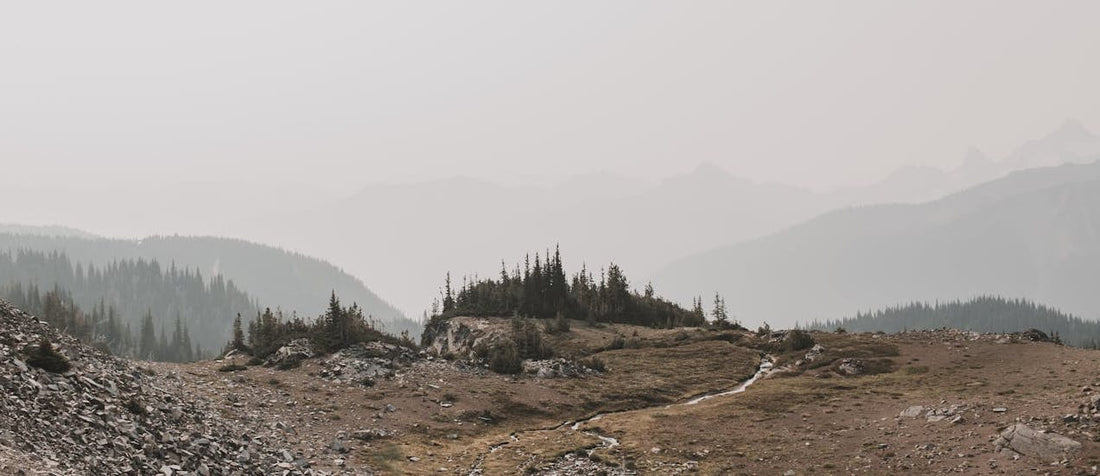Photo by Eric Sanman: https://www.pexels.com/photo/man-standing-on-the-forest-1365428/
The paths carved through America’s landscapes tell stories of exploration, trade, migration, and survival. Historical trails like the Natchez Trace and the Oregon Trail are more than hiking routes—they are time capsules that connect us to the people and events that shaped the nation. Exploring these trails today offers an immersive way to reflect on history while enjoying breathtaking scenery. Here, we delve into the stories behind five historically significant trails and provide tips for hiking them today.
1. Natchez Trace Trail
History: Spanning 444 miles from Natchez, Mississippi, to Nashville, Tennessee, the Natchez Trace was originally a footpath used by Native Americans, later adopted by European settlers and traders in the 18th and 19th centuries. It served as a crucial trade route, with "Kaintucks" (frontiersmen) transporting goods between the Ohio River Valley and the Mississippi River.
Tips for Modern Hikers: The Natchez Trace Parkway provides well-preserved sections for hiking and cycling. For a historical hike, explore the Old Trace near Tupelo, Mississippi. Wear sturdy boots and pack water, as amenities are sparse on some trail sections.
2. Oregon Trail
History: A symbol of westward expansion, the Oregon Trail stretched over 2,000 miles from Missouri to Oregon’s Willamette Valley. Thousands of settlers braved harsh conditions in the 19th century to seek new opportunities in the western territories.
Tips for Modern Hikers: While much of the original trail has been replaced by roads, parts are preserved as hiking routes. Try the National Historic Oregon Trail Interpretive Center in Baker City, Oregon, which offers short trails with interpretive signs about pioneer life. Be prepared for uneven terrain and bring layers for changing weather.
3. Appalachian Trail
History: The Appalachian Trail, a modern marvel spanning over 2,190 miles from Georgia to Maine, intersects with numerous sites of historical significance. From Revolutionary War battlefields to ancient Native American pathways, the trail is a corridor of cultural and natural history.
Tips for Modern Hikers: For a mix of history and scenery, hike through Harpers Ferry, West Virginia. Known as the "psychological halfway point" of the trail, Harpers Ferry played a pivotal role in the Civil War. Bring a map and plenty of snacks for this hilly region.
4. Santa Fe Trail
History: This 19th-century trade route stretched from Missouri to Santa Fe, New Mexico, facilitating commerce between the United States and Mexico. Merchants and settlers crossed plains and deserts, contributing to the cultural and economic exchange of the time.
Tips for Modern Hikers: Visit the Santa Fe National Historic Trail’s sites in Kansas, Colorado, and New Mexico. The Cimarron Cutoff is a scenic section with interpretive markers. Hikers should carry plenty of water and sun protection, as some segments are exposed.
5. Lewis and Clark National Historic Trail
History: Following the journey of the Corps of Discovery (1804–1806), this trail retraces the expedition that mapped the western United States. Stretching from Illinois to the Pacific Ocean, it offers a glimpse into the challenges faced by Meriwether Lewis, William Clark, and their team.
Tips for Modern Hikers: The Missouri River section near Great Falls, Montana, offers excellent hiking opportunities with interpretive signage. Watch for wildlife and bring binoculars for birdwatching along the riverbanks.
Tips for Hiking Historical Trails Today
1. Do Your Research: Learn about the history of the trail before you go. Knowing the stories adds depth to the experience.
2. Start Small: Many historical trails offer shorter sections ideal for day hikes.
3. Respect the Land: Stick to marked trails to preserve historical sites and natural habitats.
4. Pack Smart: Bring essentials like water, snacks, a first-aid kit, layers for changing weather, leg gaiters, and trekking poles.
5. Embrace Technology: Download trail maps and historical guides to enhance your experience.
Exploring America’s historical trails is a journey through both time and landscape. Whether you’re retracing the footsteps of pioneers on the Oregon Trail or walking the ancient Natchez Trace, these routes offer a powerful connection to the past. So lace up your boots and step into history—these trails await your discovery.






